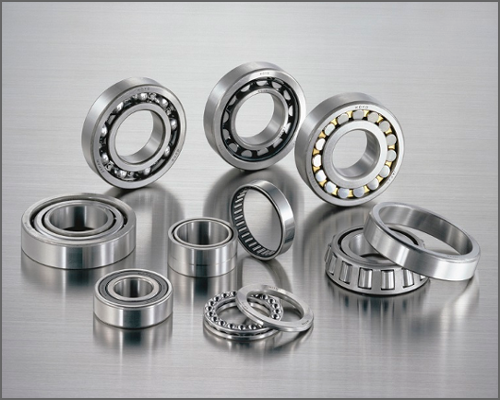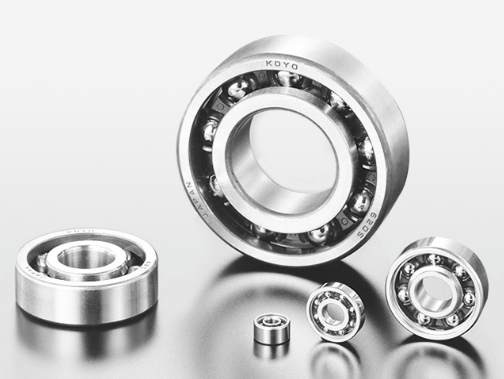Bearing Trivia
How to Select the Right Bearing (Part 5): Bearing preload and rigidity
- #2 How to Select the Right Bearing
In Part 4, we explained about bearing limiting speed, running accuracy and fits.
How to Select the Right Bearing (Part 1): The order of priority for selecting bearings, and the types of bearings How to Select the Right Bearing (Part 2): How to decide the bearing arrangement How to Select the Right Bearing (Part 3): Bearing dimensions and service life How to Select the Right Bearing (Part 4): Bearing limiting speed, running accuracy, and fits
In Part 5, we will explain about bearing preload and rigidity as measures for whether the bearing type you chose was appropriate.
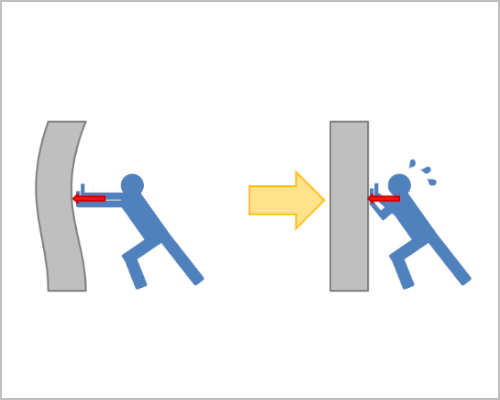
Generally, bearings are operated with a certain amount of proper clearance allowed. For some applications, however, bearings are mounted with axial load of such magnitude that the internal clearance will be slightly negative. This axial load is referred to as "preload".
In this part, we will introduce you to information relating to preload and rigidity.
Table 1: Bearing selection checklist
| Order | Examination item | Major points to confirm |
|---|---|---|
| ① | Bearing type | What magnitude and direction of load do you need? Will it fit in the installation space? |
| ② | Bearing arrangement | Are you using two (or more) bearings on a single shaft? |
| ③ | Bearing dimensions and service life | Do the dimensions and service life satisfy your needs? |
| ④ | Bearing limiting speed, running accuracy, fits and internal clearance | Does it have the necessary running accuracy and rigidity for the machine? Does it have the fits and internal clearance to satisfy its service life? |
| ⑤ | Bearing preload and rigidity | Does it have the necessary rigidity for the machine? <This is the focus of Part 5> |
| ⑥ | Bearing lubrication | Can the bearing rotate stably over a long period of time? |
| ⑦ | Components around the bearing | What bearing surrounding structure/assembly are you looking for? |
| ⑧ | Bearing mounting and dismounting | Will it facilitate maintenance/inspection of the machine? |
(*1) Machine tool spindles and angular contact ball bearings for high-speed rotation:
The Applications of Bearings II: This is how bearings are used for machines in industry
The Applications of Bearings II: This is how bearings are used for machines in industry
The Applications of Bearings I: This is how bearings are used in cars
Part 5 explains about preload, for increasing rigidity and improving running accuracy, as an example.
2. Amount of displacement of the shaft center and the contact condition of the bearing rolling elements caused by preload
The contact condition between the rolling elements and the bearing rings (or the races) differs depending on whether there is internal clearance in the bearing or preload is applied to the bearing. Allow us to explain the contact condition using radial bearings as an example.
1) If there is internal clearance in the bearing
If there is internal clearance in the bearing, the largest load will be placed on the rolling elements located nearest the direction of the load.
This load induces a slight elastic deformation at the point where the rolling elements come in contact with the bearing rings. When the load is removed, it returns to normal and the elastic deformation disappears (see Figure 1).
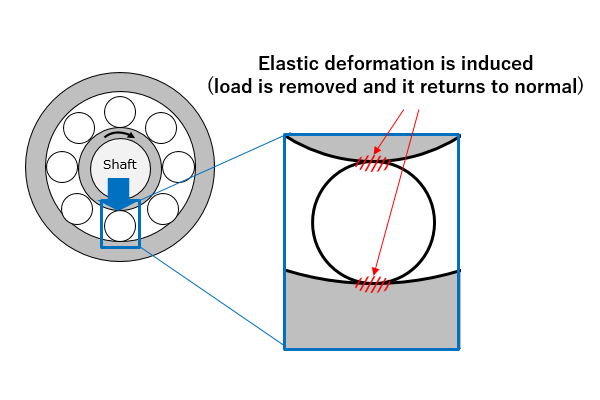 Fig. 1: Where elastic deformation is induced
Fig. 1: Where elastic deformation is induced
However, at the rolling elements located on the opposite side of the load direction, no load is applied and no elastic deformation occurs (see Figure 2).
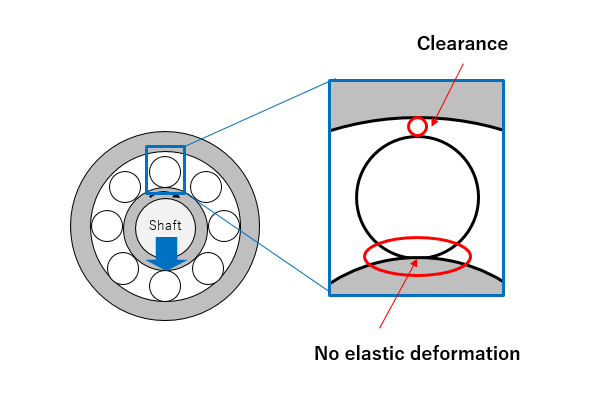 Fig. 2: Where no elastic deformation is induced
Fig. 2: Where no elastic deformation is induced
Because of this difference in elastic deformation due to the position of the rolling elements, the position of the shaft center (i.e. bearing center) changes slightly (see Figure 3a).
If the direction of the load changes, the shaft center moves in other direction, causing vibration.
2) If preload is applied to the bearing
Applying preload causes the bearing's internal clearance to become slightly negative, causing a greater number of rolling elements to come in contact with the inner and outer rings.The difference of the elastic deformation among rolling elements contacting with the rings becomes smaller.
As a result, the amount of displacement in the bearing shaft center position decreases (see Figure 3b).
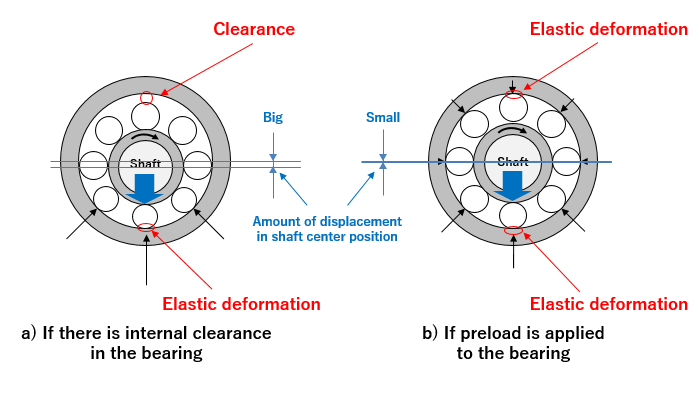 Fig. 3: Amount of displacement in shaft center position
Fig. 3: Amount of displacement in shaft center position
Applying preload to the bearing and decreasing the amount of displacement in the shaft center position in this manner is called increasing shaft rigidity.
Furthermore, with roller bearings, the amount of elastic deformation caused by the load is smaller than with ball bearings.
3. Method of preloading
Preloading can be done by either position preloading or constant pressure preloading (see Table 3).
Table 3: Position preloading and constant pressure preloading
| Advantages | Disadvantages | ||
|---|---|---|---|
| 1. | Position preloading | With the same amount of preload, the displacement is smaller, relative to the load, than constant pressure preloading | The amount of preload changes under the influence of assembly conditions, the centrifugal force during rotation, and a rise in temperature |
| 2. | Constant pressure preloading | There is little fluctuation in the amount of preload during rotation, and a stable amount of preload is maintained | With the same amount of preload, the displacement is bigger, relative to the load, than position preloading |
The structures of the two different preload methods are shown below (see Figures 4 and 5).
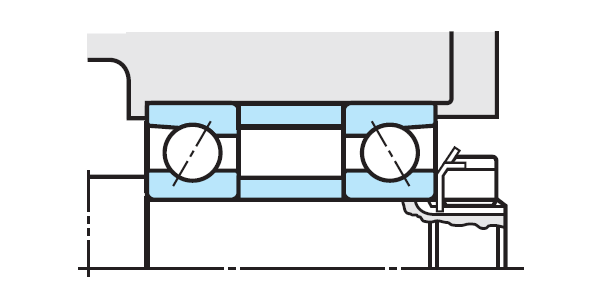 Fig. 4: Position preloading structure
Fig. 4: Position preloading structure
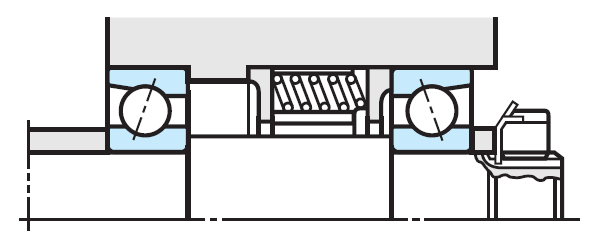 Fig. 5: Constant pressure preloading structure
Fig. 5: Constant pressure preloading structure
4. Bearing arrangement
Arrangement methods of angular contact ball bearings and tapered roller bearings
With angular contact ball bearings and tapered roller bearings, an axial load is applied for the preloading.
In this situation, back-to-back arrangement is most often used (see Figure 6).
This is because with back-to-back arrangement the load center position dimensions become larger and the amount of displacement in the bearing shaft center position decreases (the rigidity increases).
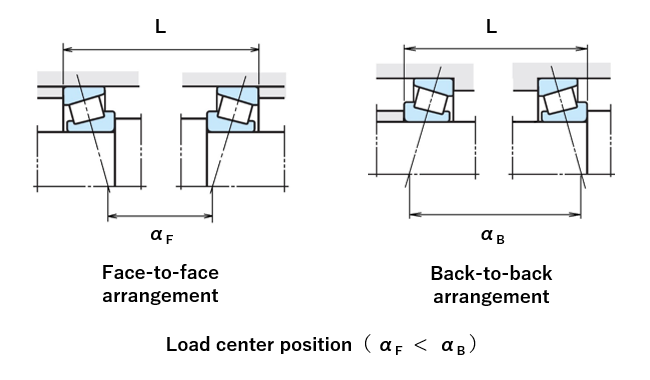 Fig. 6: Bearing (tapered roller bearing) arrangement and load center position
Fig. 6: Bearing (tapered roller bearing) arrangement and load center position
5. The relationship between preload and rigidity
The load being applied on a bearing induces the elastic deformation to occur at the point where the rolling elements come in contact with the bearing rings. For this reason, the amount of displacement of the bearing increases along with the increase in the applied load.
For angular contact ball bearings and tapered roller bearings, the relationship between the axial load (preload) and the amount of displacement in the axial direction (rigidity) is used to apply an axial load needed for the preloading (see Figure 7).
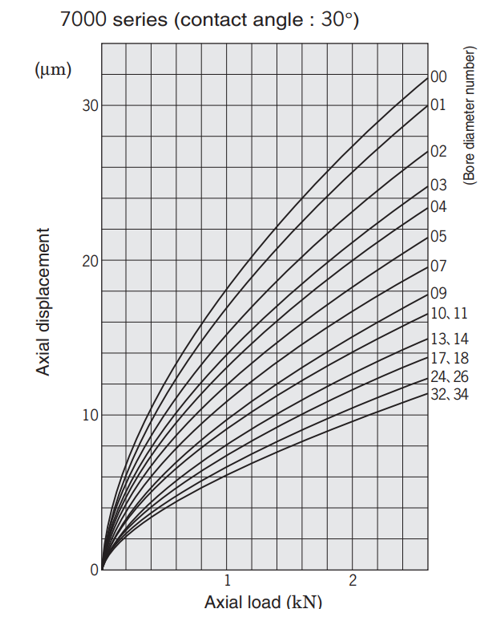 Fig. 7: The relationship between axial load (preload) and amount of displacement in the axial direction (rigidity)
Fig. 7: The relationship between axial load (preload) and amount of displacement in the axial direction (rigidity)
See the following for a detailed explanation:
Preload and rigidity - Ball & Roller Bearings Catalog
Rigidity and preload of bearings - Precision Ball & Roller Bearings for Machine Tools
6. Amount of preload
1) Points to note when setting the amount of preload
It is important to set the amount of preload appropriately in consideration of factors such as the rotational speed and lubrication conditions.
If you increase the amount of preload, the rigidity of the bearing will be raised, but it will have a significant impact on the bearing service life, the increase in temperature, and so on.
2) Preload amount of a bearing for a machine tool spindle (example)
As for high-precision matched pair angular contact ball bearings for use in machine tool spindles, JTEKT provides these ready-matched (see Figure 8).
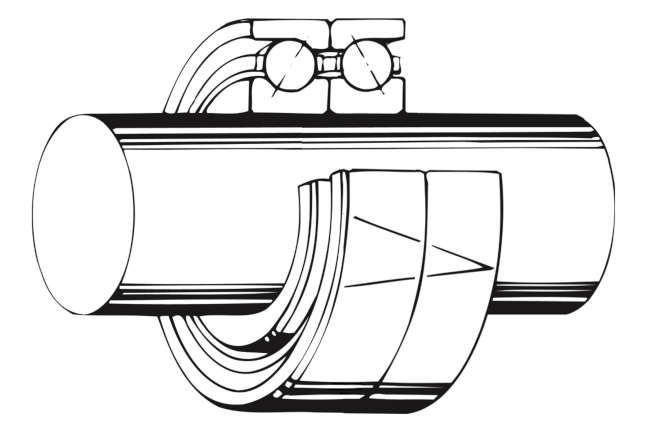 Fig. 8: A matched pair angular contact ball bearing
Fig. 8: A matched pair angular contact ball bearing
With these high-precision matched pair angular contact ball bearings, so that you can freely select the amount of preload best suited to your application, JTEKT endorses four types of standard preload: slight preload (S), light preload (L), medium preload (M), and heavy preload (H). (See Table 4.)
Table 4: Standard preload of high-precision matched pair angular contact ball bearings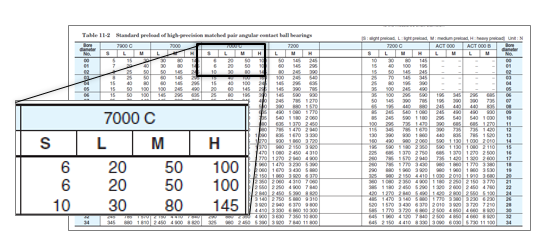
Amount of preload - Ball & Roller Bearings Catalog
Conclusion
To increase running accuracy or raise rigidity, it is possible to apply preload to the bearing.
- The preload method can be position preloading or constant pressure preloading, depending on the application.
- With angular contact ball bearings and tapered roller bearings in back-to-back arrangement, the relationship between the axial load (preload) and amount of displacement in the axial direction (rigidity) is used to apply the appropriate rigidity.
- The amount of preload should be set at such a level as not to negatively impact the service life, temperature increase, etc. Applying more preload causes a larger increase in temperature and can potentially cause a bearing failure (seizure). This means that selecting the appropriate preload is very important.

